Indian curry is a Western term for a variety of Indian dishes with spiced sauces or gravies. However, there is no single dish called "curry" in India. The term was coined by British colonizers during their time in India and has since become a common but misleading way to describe the diverse range of Indian dishes. In reality, Indian cuisine has hundreds of distinct dishes, each with its own name and regional variations.
Table of Contents
- What Exactly Is Indian Curry?
- Regional Variations: More Than Just Masala
- The Spice Rack Breakdown: Curry Powder vs. Garam Masala
- How to Make Your Own Indian Curry at Home
- Buying Guide: Choosing the Right Ingredients & Tools
- Conclusion: Embrace the Chaos (and Flavor)
- Frequently Asked Questions About Indian Curry
What Exactly Is Indian Curry?
You might be surprised to learn that the word "curry" doesn't actually have a direct translation in any Indian language. In India, there's no single dish called "curry." Instead, each region has its own name for dishes that include a spiced sauce or gravy.
"In India, we don't say 'curry.' We say sabzi, jhol, ghassi, korma, or even just 'the lentil thing with turmeric.'" – A Mumbai-born auntie who once corrected me mid-lunch.
So where did the word come from? The British colonialists coined the term "curry" during their time in India. They lumped together all these saucy, spicy dishes under one umbrella label. And while it was convenient, it also stripped away centuries of nuance and tradition.
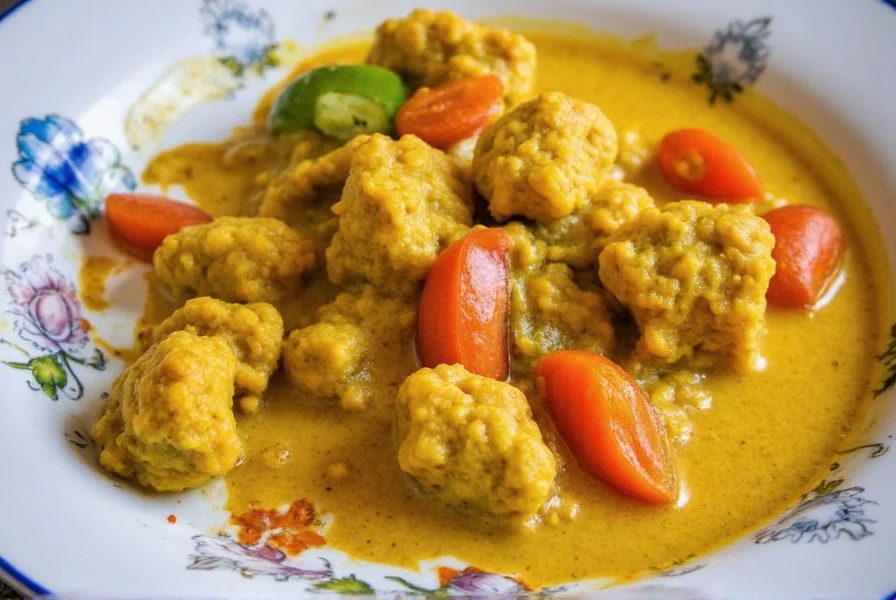
The Real Definition: Not a Spice, But a Style
- Indian curries are more about cooking technique than a specific ingredient.
- They usually involve simmering ingredients (like vegetables, meat, or lentils) in a sauce made from spices, aromatics, and sometimes dairy or coconut milk.
- Each curry can be dry (bhuna), wet (jhol), rich and creamy (makhani), or tangy and tomato-based (masala).
Regional Variations: More Than Just Masala
India is like a continent packed into one country — geographically diverse, linguistically complex, and culinarily wild. Here's a breakdown of some of the major regional styles of Indian curries:
| Region | Signature Curry | Main Ingredients | Taste Profile |
|---|---|---|---|
| North India | Butter Chicken | Tomato, butter, cream, garam masala | Creamy, mildly sweet, rich |
| South India | Sambar | Tamarind, mustard seeds, curry leaves, lentils | Tangy, earthy, aromatic |
| East India | Machher Jhol | Fish, ginger, green chilies, mustard oil | Spicy, pungent, bold |
| West India | Vindaloo | Vinegar, garlic, red chilies, potatoes or pork | Sour, hot, garlicky |
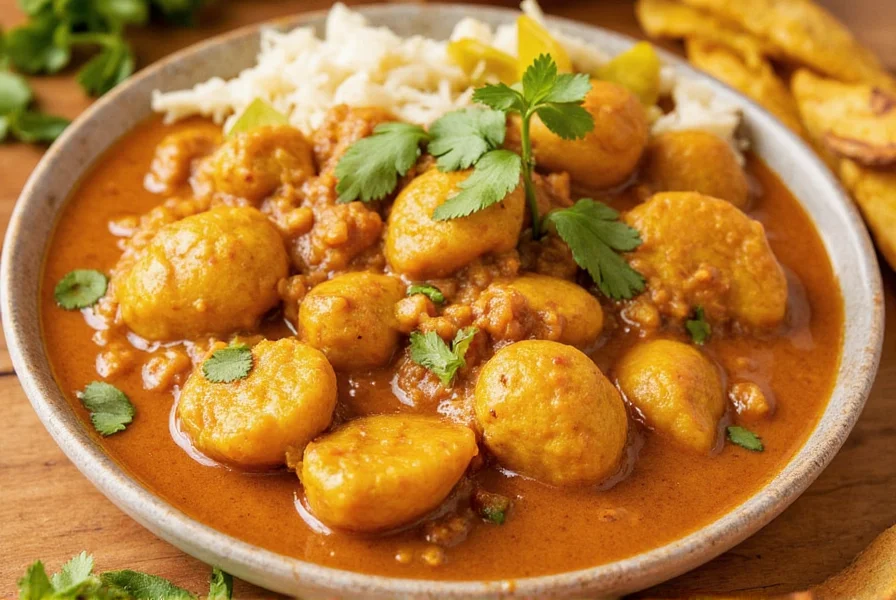
The Spice Rack Breakdown: Curry Powder vs. Garam Masala
One of the biggest myths out there is that "curry powder" is an essential ingredient in Indian cooking. Let's set the record straight.
Curry Powder ≠ Indian Staple
- Curry powder was created by British colonizers as a shortcut blend of common spices.
- In most Indian kitchens, cooks use individual spices rather than pre-mixed blends.
- Think of curry powder like a pre-written love letter — convenient, but not quite personal.
Garam Masala: The Real Star of the Show
Garam masala literally means "warming spices," and it's used to finish dishes with warmth and depth. It varies from household to household but often includes:
- Cinnamon
- Cloves
- Cardamom
- Black peppercorns
- Cumin seeds
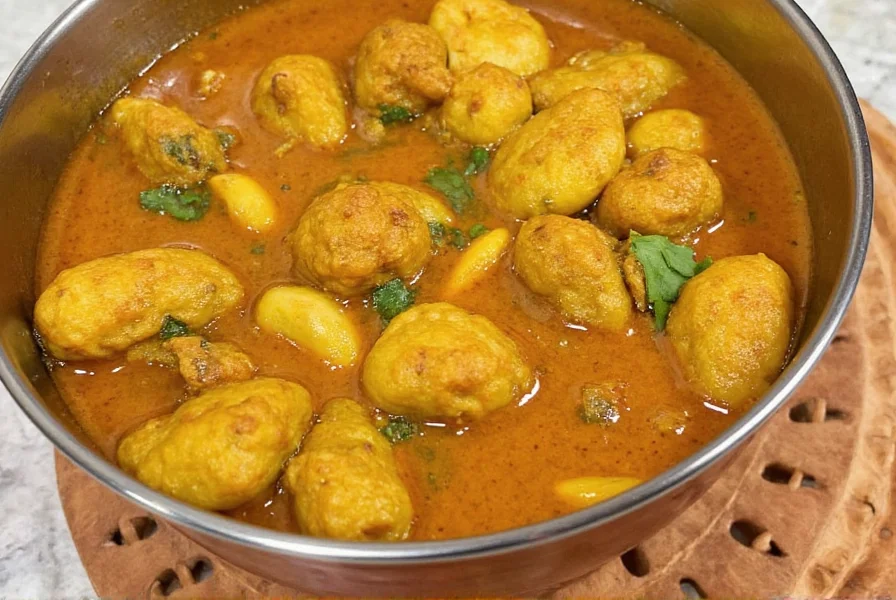
How to Make Your Own Indian Curry at Home
Ready to take your taste buds on a journey across India? Here's a simple roadmap to making your own curry at home — whether you're a seasoned chef or a spice-curious beginner.
Step-by-Step Curry Recipe Template
- Pick your base: Vegetables, chicken, lamb, paneer, or lentils.
- Aromatics first: Sauté onions, garlic, ginger until golden.
- Toast the spices: Add cumin, turmeric, coriander, chili powder — toast briefly to awaken flavors.
- Add tomatoes: Fresh or canned, they add body and acidity.
- Braise it all: Add water or stock, then cook until everything softens and thickens.
- Finish with flair: Stir in garam masala, kasuri methi, or a splash of cream.
Pro Tip: Layer Flavors Like a Pro
Use a technique called tadka or tempering. Heat oil, add mustard seeds, curry leaves, and dried chilies. Pour this over your finished curry for an instant flavor boost.
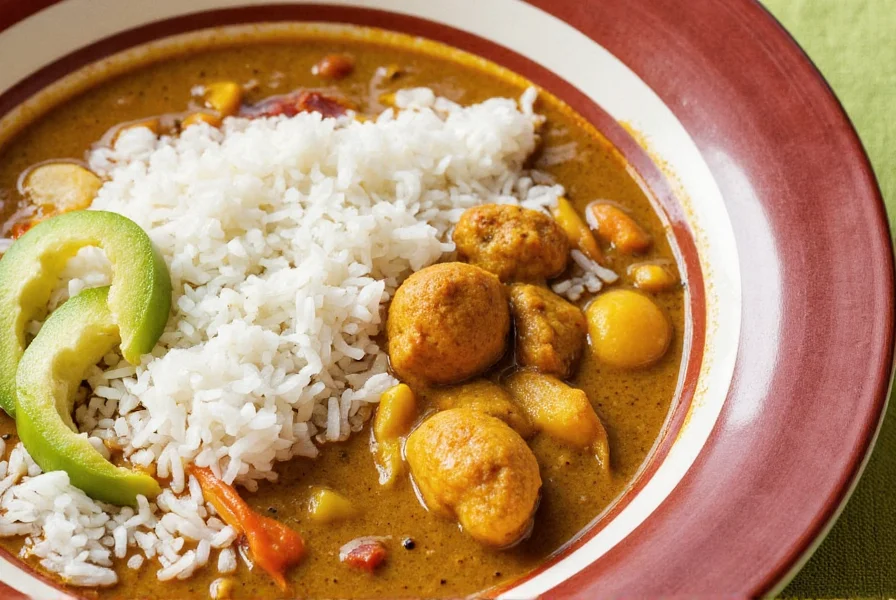
Buying Guide: Choosing the Right Ingredients & Tools
Whether you're stocking your pantry or upgrading your kitchen tools, here's what to look for when building your Indian curry arsenal.
Top 5 Must-Have Spices for Indian Curries
| Spice | Flavor Notes | Best For | Recommended Brand |
|---|---|---|---|
| Cumin Seeds | Earthy, nutty | North Indian gravies, tadka | Rajasthan Organics |
| Turmeric | Earthy, bitter | Coloring rice, lentils | MDH Pure Turmeric |
| Coriander Powder | Citrusy, warm | Curry bases, marinades | Everest Coriander |
| Red Chili Powder | Heat with a fruity note | Kormas, biryanis | KC Red Chili |
| Garam Masala | Warming, floral | Finishing touch | Dudhwa Organic |
Essential Kitchen Tools
- Cast Iron Kadhai: Versatile wok-style pan perfect for frying and simmering curries.
- Stone Mortar & Pestle: Ideal for grinding fresh spices and pastes without burning them.
- Pressure Cooker: Saves time on lentils and beans. Instant Pot fans, rejoice!
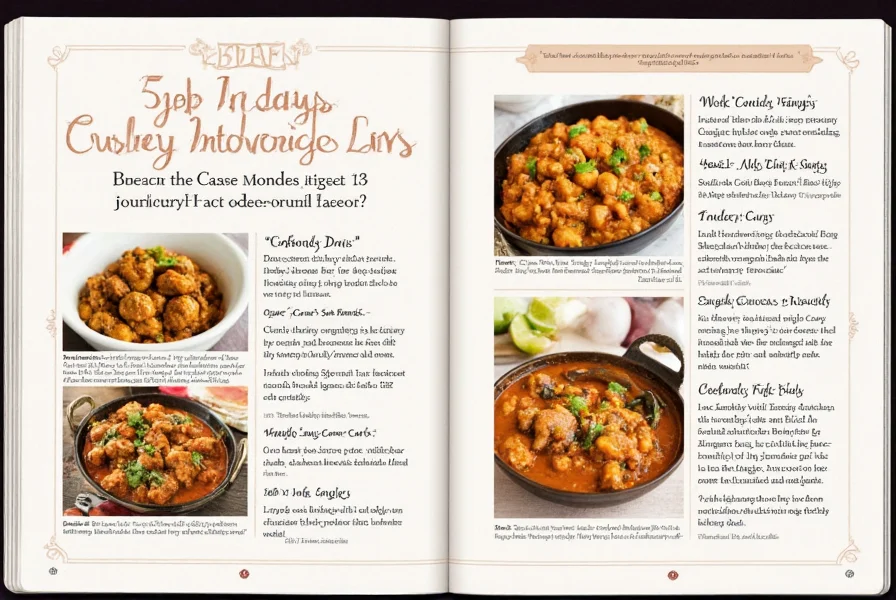
Conclusion: Embrace the Chaos (and Flavor)
So, what is Indian curry? It's not just a dish, a powder, or a vague idea. It's a universe of flavors, techniques, and traditions. Whether you're making a quick weeknight chicken curry or diving into a slow-cooked lamb rogan josh, remember that Indian cuisine thrives on variety, improvisation, and heart.
Now go ahead — play with spices, tweak recipes, and most importantly, enjoy the ride. There's no wrong way to eat curry… only more delicious ways to discover.
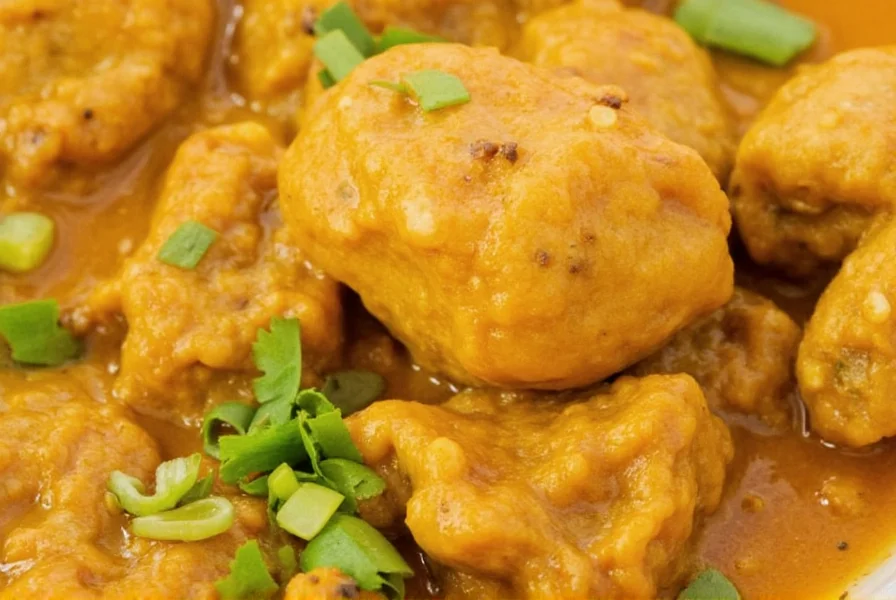
Frequently Asked Questions About Indian Curry
What is Indian curry actually called in India?
Surprisingly, there's no single word for "curry" in Indian languages. Different regions use terms like "sabzi" (vegetable dish), "jhol" (thin stew), "ghassi" (thick gravy), or specific dish names like "korma" or "sambar" depending on the preparation and region.
Is curry powder authentic to Indian cooking?
No, curry powder is not traditionally used in Indian kitchens. It was created by British colonizers as a convenient blend of spices. Authentic Indian cooking typically uses individual spices added at different stages of cooking rather than pre-mixed blends.
What's the main difference between North Indian and South Indian curries?
North Indian curries often feature dairy products like yogurt, cream, and ghee, with tomato-based gravies. South Indian curries typically use coconut, tamarind, and curry leaves, resulting in tangier, oil-based dishes. North Indian cuisine uses more wheat (like in naan bread), while South Indian cuisine features more rice-based dishes.
What are the essential spices for making authentic Indian curry?
The essential spices include cumin seeds, turmeric, coriander powder, red chili powder, and garam masala. However, the specific combination varies by region and dish. Whole spices are typically tempered in oil first, while ground spices are added later in the cooking process.
Why do all Indian dishes get called "curry" outside India?
British colonizers in India during the 18th-20th centuries used "curry" as a catch-all term for the wide variety of spiced, saucy dishes they encountered. This oversimplification stuck in Western culture, despite there being no single "curry" in authentic Indian cuisine.
Can I make authentic-tasting Indian curry without specialized equipment?
Absolutely! While traditional tools like a kadhai (wok) or mortar and pestle enhance the experience, you can make delicious Indian curry with basic kitchen equipment. The key is understanding the layering of spices and cooking techniques rather than having specialized tools.

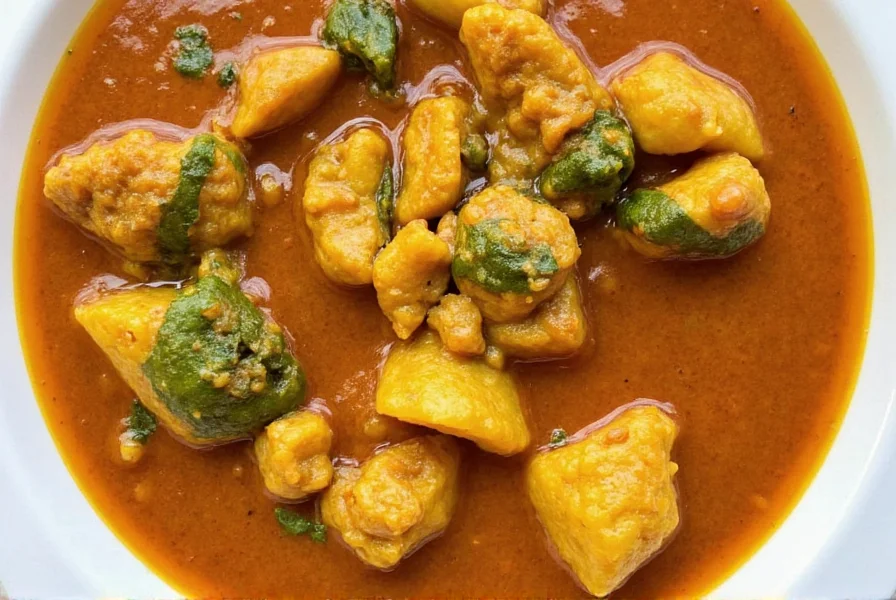









 浙公网安备
33010002000092号
浙公网安备
33010002000092号 浙B2-20120091-4
浙B2-20120091-4